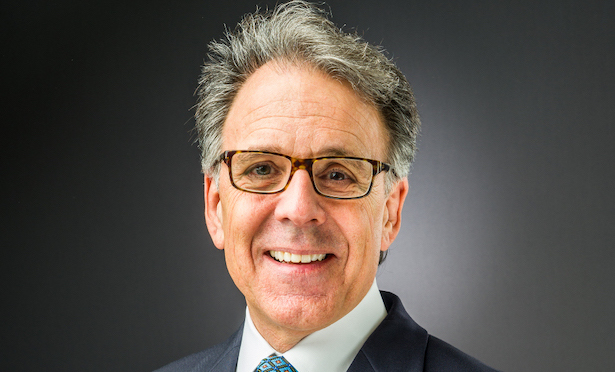 Jim Reed, director of multifamily investment sales for Franklin Street
Jim Reed, director of multifamily investment sales for Franklin Street
GlobeSt.com recently sat down for an exclusive interview with Jim Reed, director of multifamily investment sales for Franklin Street in Jacksonville, to get his thoughts on the multifamily market and how commercial real estate trends are affecting investors.
Reed, a 20-year veteran of the real estate business in Florida, covers markets across North Florida and Jacksonville for the commercial real estate services firm.
Globest.com: What are the top real estate trends to watch for in Jacksonville?
Reed: The biggest trend is the rise of the 18-hour 'live-work-play' environment. This shift stems from the fact that millennials are desirous of living in an urban setting with work and play options nearby as opposed to a long commute from the suburbs. For a city like Jacksonville, this requires the interplay of multifamily, office and retail to provide these options. But the question is, which comes first—the residents, the jobs or the entertainment/retail attractions? Is this a sustainable trend that will spur investment and development? How long will millennials actually stay in the urban areas? Will they eventually leave for the suburbs to raise a family? If they depart, who will replace them? The primary submarket for this 18-hour city trend in Jacksonville is the downtown area, but it has been slow to develop. However, other urban core and inner suburban submarkets are picking up the slack with numerous multifamily developments.
Globest.com: How are rising interest rates impacting the multifamily investment market?
Reed: I am carefully watching the interplay between pricing and interest rates. Rising interest rates will have a negative effect on yield, as debt service continues to rise. As prices increase, yield is impacted further. The only thing that will support desired yields is increasing rents, the rate of which has been slowing. This condition is not sustainable long term and is likely to be disrupted by the next down cycle. Having said that, we are still in an historically low interest rate environment and there are good loan deals out there. Investors will continue to be disciplined in their approach to acquiring assets.
Globest.com: Which brings us to the next topic everyone is watching—when will the next economic downturn come and how should investors start preparing?
Reed: Calculate your projected rents and revenue and perform stress tests modeling the conditions you think will be occurring in the future. Hardly anyone is predicting a recession or market correction to occur in 2019, so this is a good time to build liquidity. Investors want to be in position to capitalize on lower rates and values during a downturn.
Globest.com: What is your real estate market outlook for the next 6-12 months?
Reed: Multifamily will remain a favored product type. Investors will also continue to look to secondary and tertiary markets for higher yields.
Globest.com: How will Opportunity Zones (OZ) spur multifamily development in Northeast Florida?
Reed: For Jacksonville, in the multifamily space, the impact of the law will be negligible, perhaps not so for industrial and other developments. One strategy may be to combine tax credits with an opportunity zone play to build workforce housing in needy areas of town. The most effective impact of an OZ development is to create it in an area that has, or will soon experience, gentrification. Few gentrified areas in Jacksonville fall within the Opportunity Zones.
© 2025 ALM Global, LLC, All Rights Reserved. Request academic re-use from www.copyright.com. All other uses, submit a request to [email protected]. For more information visit Asset & Logo Licensing.








